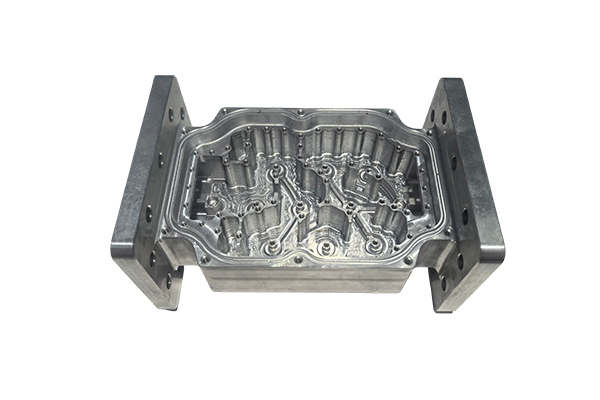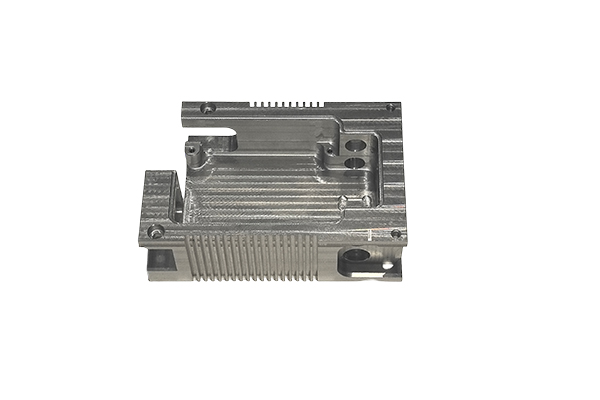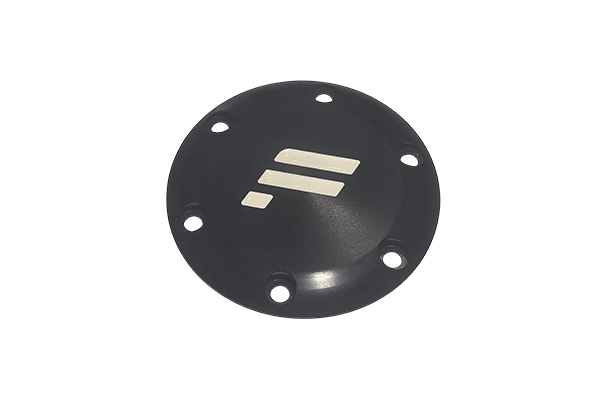Is the solenoid valve processing precision high? Can it ensure that the valve core and valve seat fit closely to reduce leakage?
Release Time : 2025-08-14
High-precision solenoid valve processing is crucial for ensuring a tight fit between the valve core and valve seat and minimizing leakage, a core performance advantage of high-quality solenoid valves. In the fluid control industry, solenoid valve leakage not only leads to fluid waste and reduced system efficiency, but can also pose safety risks. Machining accuracy directly determines the sealing effectiveness between the valve core and valve seat, which in turn impacts the operational reliability of the entire device. Through advanced machining techniques and strict precision control, high-quality solenoid valves achieve a tight fit between the valve core and valve seat, fundamentally eliminating leakage.
The high precision of solenoid valve processing is primarily reflected in the dimensional control of key components. The valve core and valve seat, as the core sealing components of solenoid valves, are typically machined with dimensional accuracy within the micron range. Using high-precision CNC lathes, grinders, and other equipment, machining ensures that the valve core's cylindricity and roundness tolerances do not exceed 0.002mm, and the valve seat sealing surface's flatness tolerances are controlled within 0.001mm. This extremely high dimensional accuracy ensures a uniform and minimal gap between the valve core and valve seat. When the valve is closed, the valve core precisely engages the valve seat, forming a tight line or surface seal, effectively preventing leakage through the gap. In contrast, valve cores and valve seats machined with low precision often exhibit dimensional deviations, resulting in a loose seal and a high risk of leakage.
Controlling surface roughness during machining is also crucial to sealing performance. The valve core and valve seat sealing surfaces of high-quality solenoid valves are precision ground and polished to a surface roughness of Ra0.02-0.05μm. This near-mirror-like surface reduces the penetration path for media through the sealing surface, enhancing sealing effectiveness. Furthermore, the smooth surface reduces the coefficient of friction between the valve core and valve seat, minimizing wear during opening and closing, and preventing leakage caused by damage to the sealing surface due to long-term use. A rough sealing surface, on the other hand, not only increases the risk of initial leakage but also accelerates wear, shortening the life of the solenoid valve.
Controlled coaxiality and perpendicularity during solenoid valve processing ensure precise alignment between the valve core and valve seat, further reducing the risk of leakage. During valve body machining, precision fixtures and online inspection technology ensure that the perpendicularity between the valve core's axis of motion and the valve seat sealing surface is within 0.01mm/m, and the coaxiality between the valve body's internal flow path and the sealing surface is controlled within 0.005mm. This high-precision position control ensures that the valve core maintains precise alignment with the valve seat during reciprocating motion, preventing localized sealing defects caused by eccentricity. Even under high-frequency switching conditions, the valve core maintains stable contact with the valve seat sealing surface, ensuring consistent and reliable sealing performance.
Advanced machining processes and quality inspection methods reliably guarantee the high precision of the solenoid valve. In mass production, automated production lines are used to standardize processes and reduce accuracy fluctuations caused by manual operation. Precision inspection instruments, such as coordinate measuring machines and laser interferometers, are used after each machining step to conduct 100% inspection of critical dimensions and geometric tolerances to ensure that unqualified semi-finished products are not passed on to the next process. This comprehensive, end-to-end precision control system ensures that the valve core and seat fit of each solenoid valve meet design requirements, eliminating leakage issues caused by inaccurate machining from the very beginning.
High-precision machined solenoid valves demonstrate excellent sealing performance in actual operation, adapting to diverse media and operating conditions. Whether used with conventional media like water, oil, and gas, or corrosive fluids, the precisely matched valve core and seat ensure a reliable seal, with leakage rates far below industry standards. Even under demanding operating conditions such as high pressure and high temperature, the high machining precision ensures consistent thermal deformation between the valve core and seat, maintaining a tight fit between the sealing surfaces and effectively preventing leakage caused by thermal expansion and contraction. This stable sealing performance significantly enhances the reliability of solenoid valves in industrial control, hydraulic systems, water treatment, and other fields.
Long-term user feedback demonstrates that high-precision machined solenoid valves exhibit low leakage rates and stable performance. Many users have found that after years of use, the sealing performance of high-quality solenoid valves has barely degraded, maintaining excellent media control. This not only reduces maintenance costs and production losses caused by leakage, but also improves the operating efficiency and safety of the entire system. High-precision solenoid valve processing is the core technical guarantee for ensuring a tight fit between the valve core and the valve seat, reducing leakage, and is also an important indicator of solenoid valve quality.







